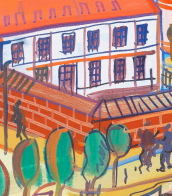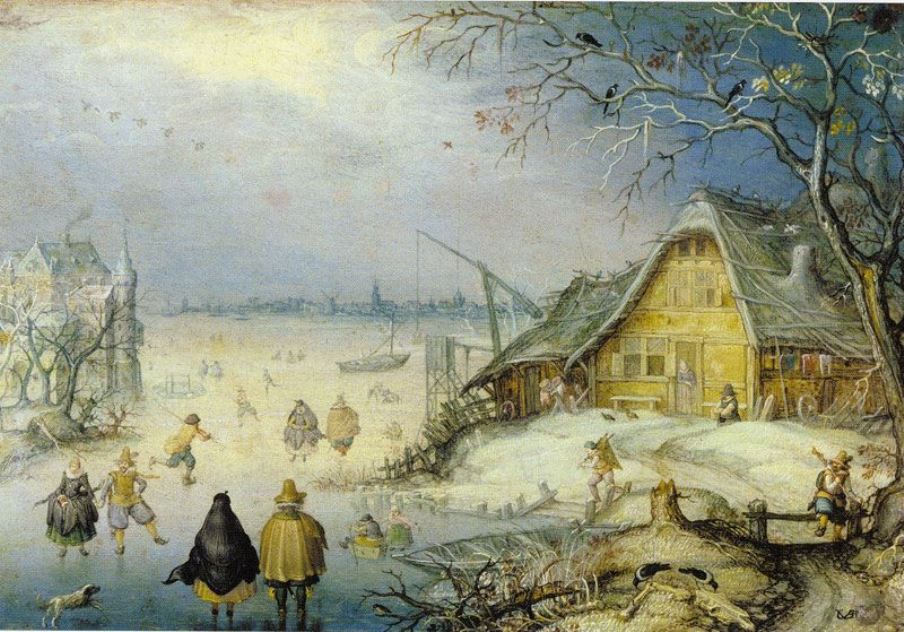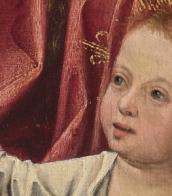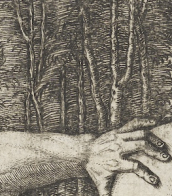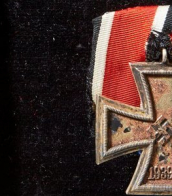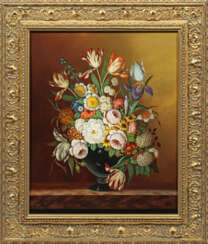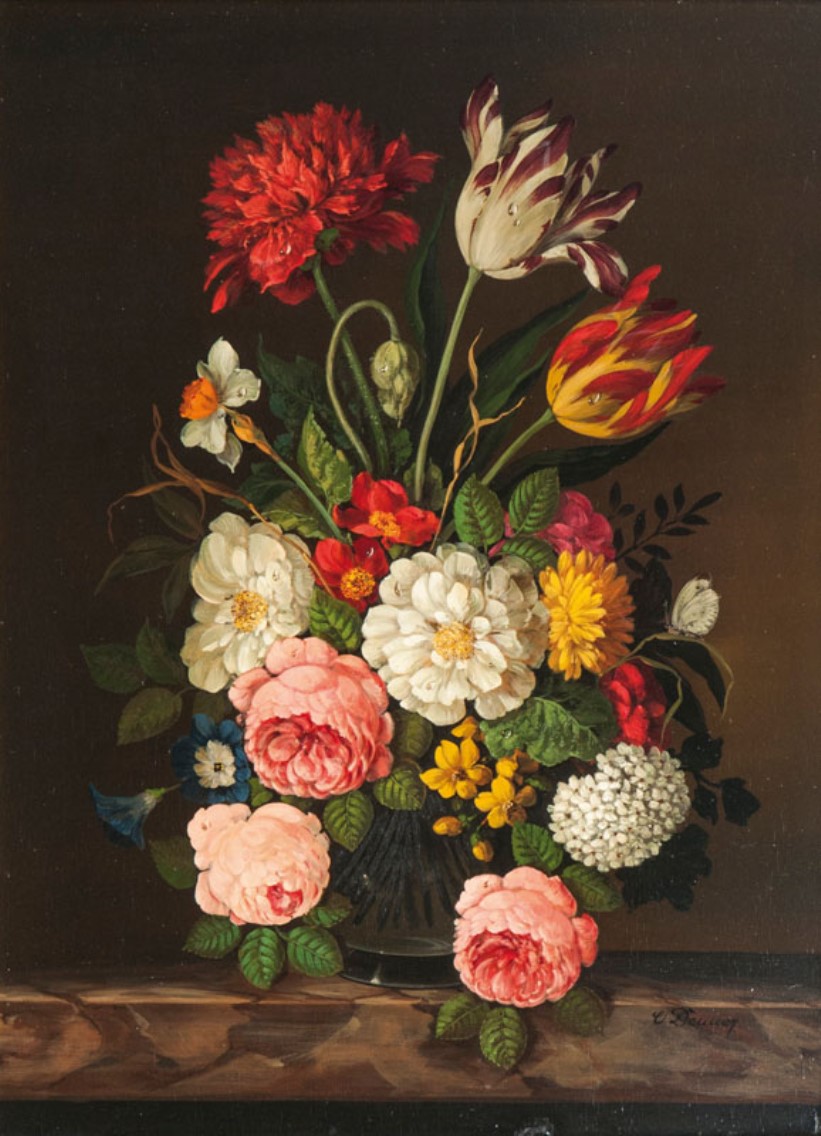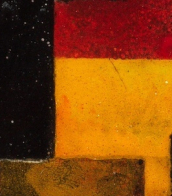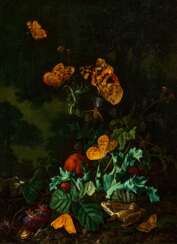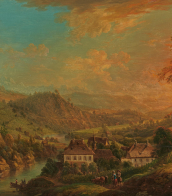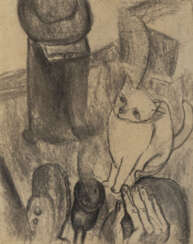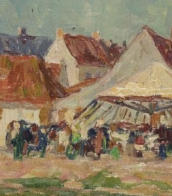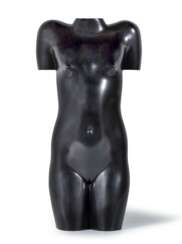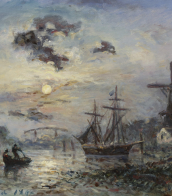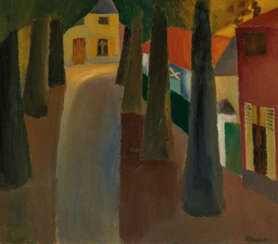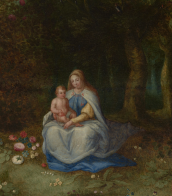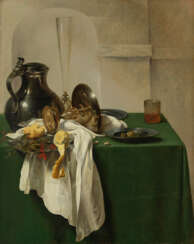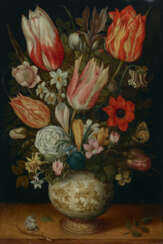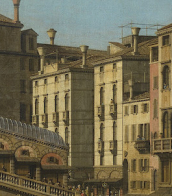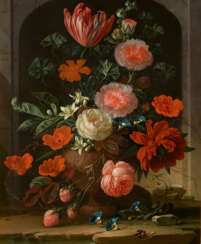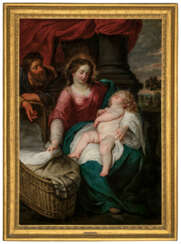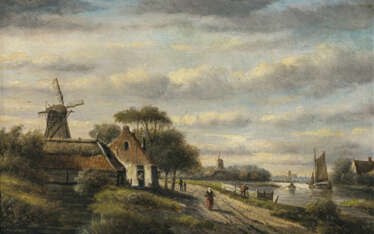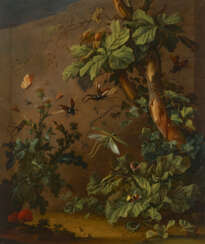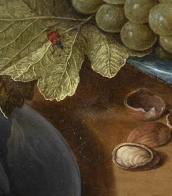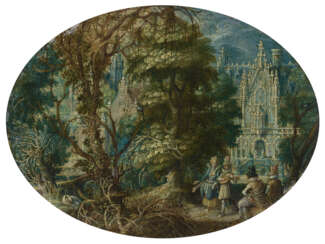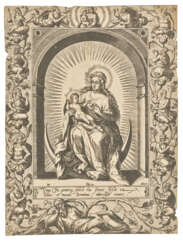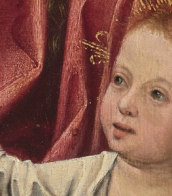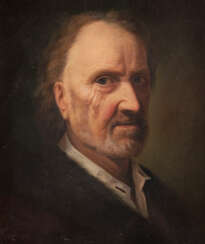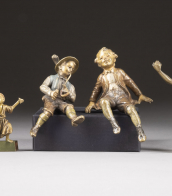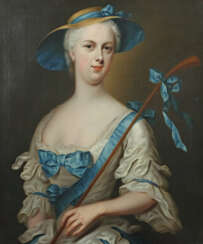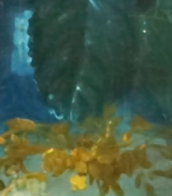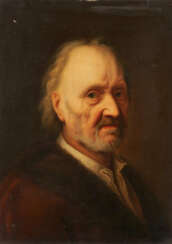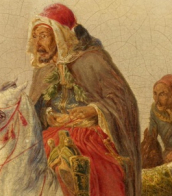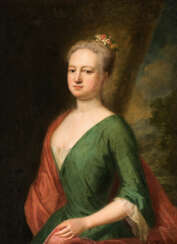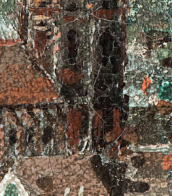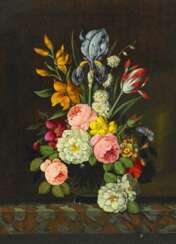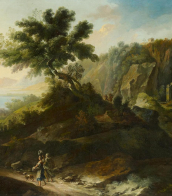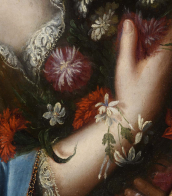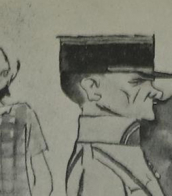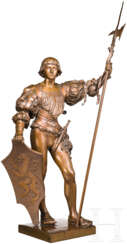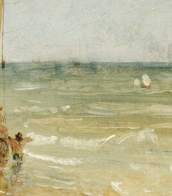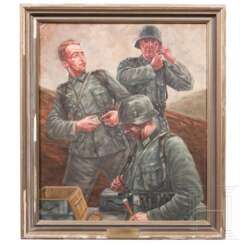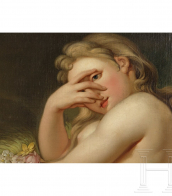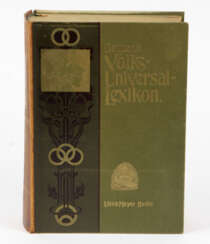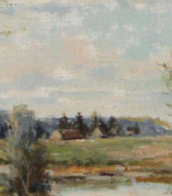denner

Balthasar Denner was a German painter, highly regarded as a portraitist. He painted mostly half-length and head-and-shoulders portraits and a few group portraits of families in interiors. Usually Denner concentrated on the face; clothes and paraphernalia were done by other painters or later his daughter. His chief peculiarity consisted in the fineness of his mechanical finish, which extended to depicting even the almost invisible furze of hair growing on smooth skin. He is particularly noted for his heads of old men and women.
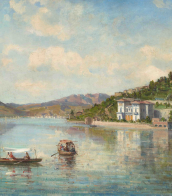
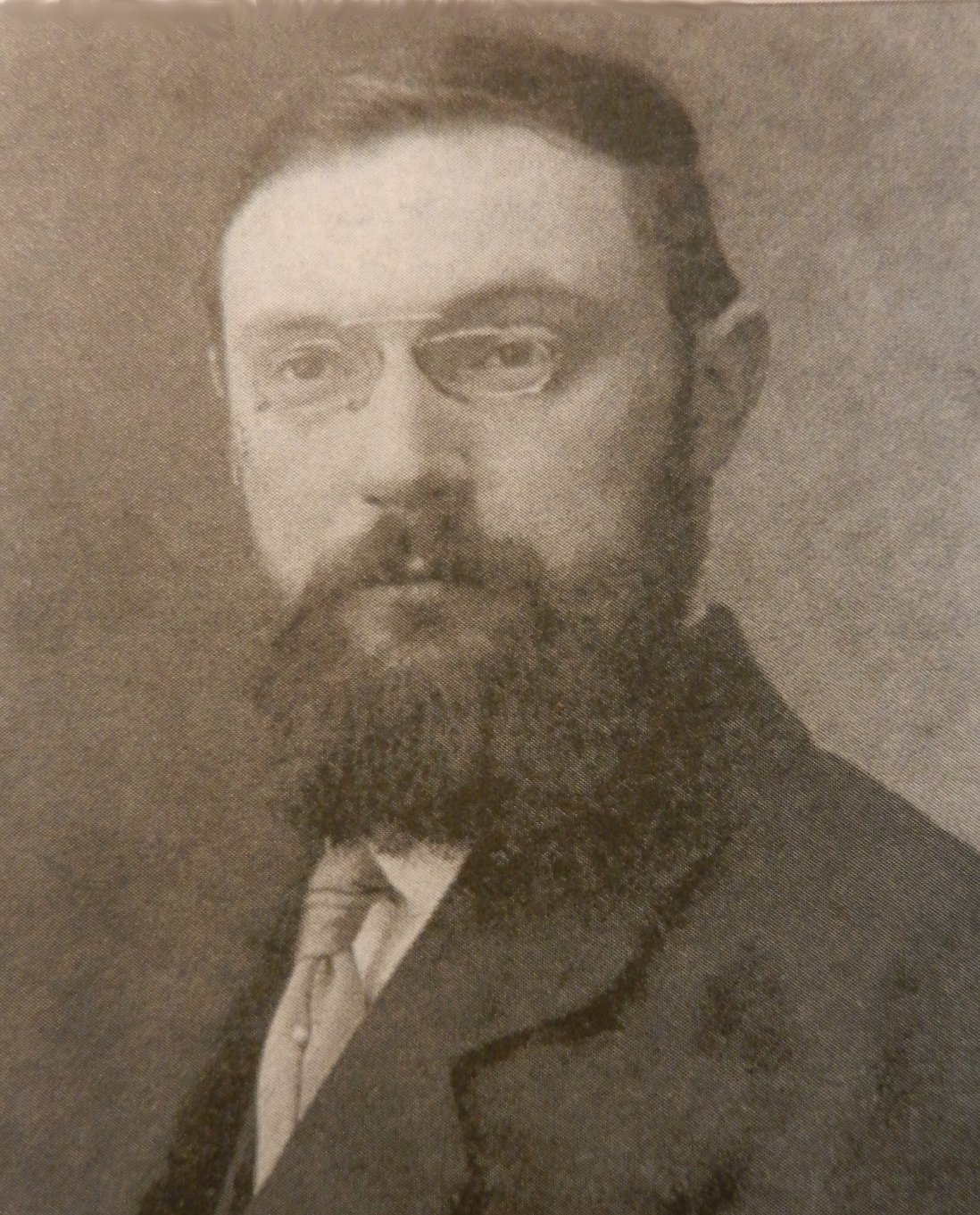
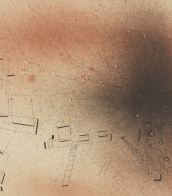
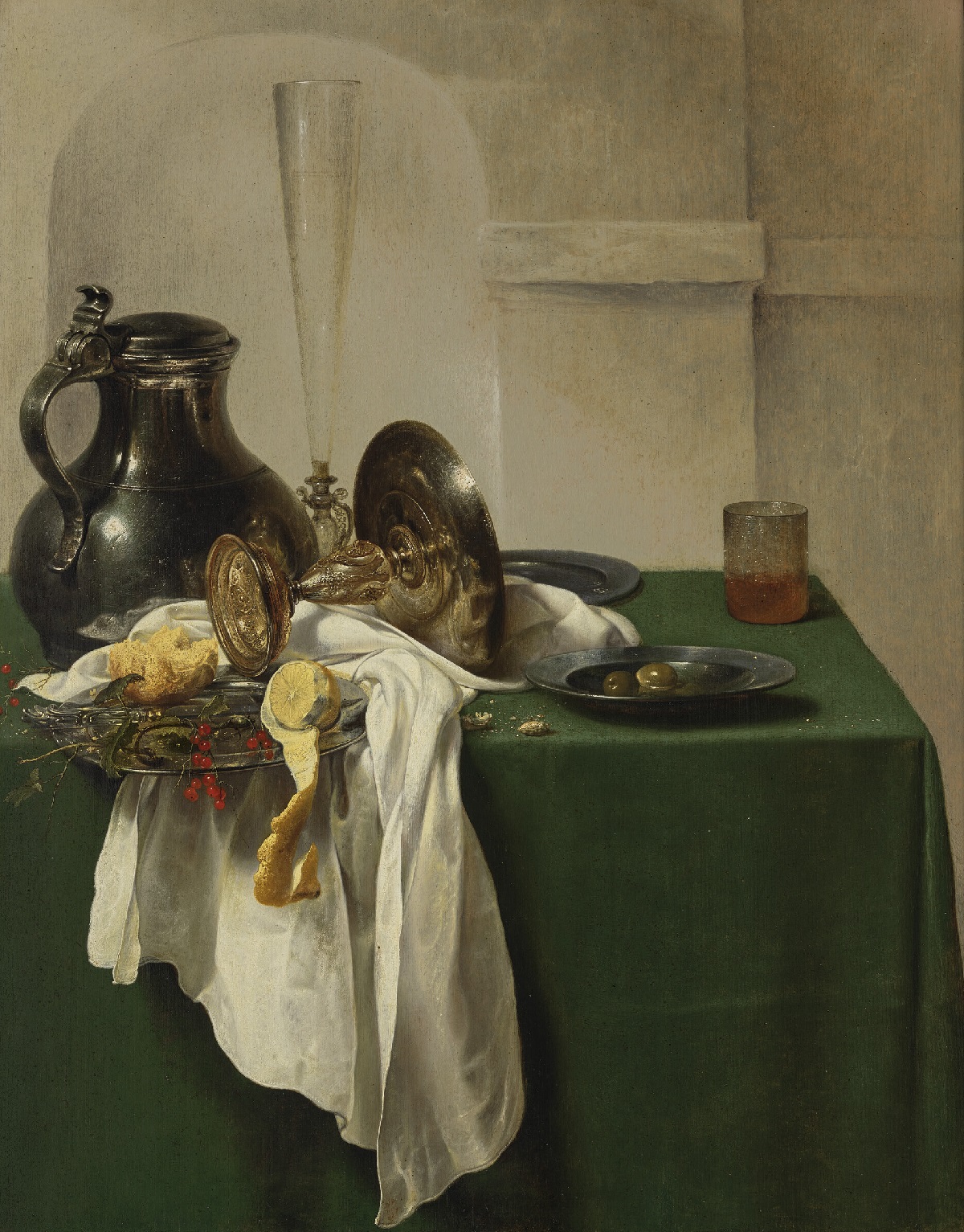
Jan Jansz. den Uyl was a painter of the Dutch Golden Age. He very much specialized in the form of still life known as the breakfast piece, or, in the elaborate style of painters like den Uyl, banquet pieces (banketjestukken). He also painted landscapes and animal paintings.
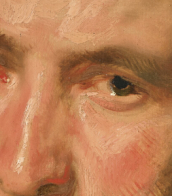
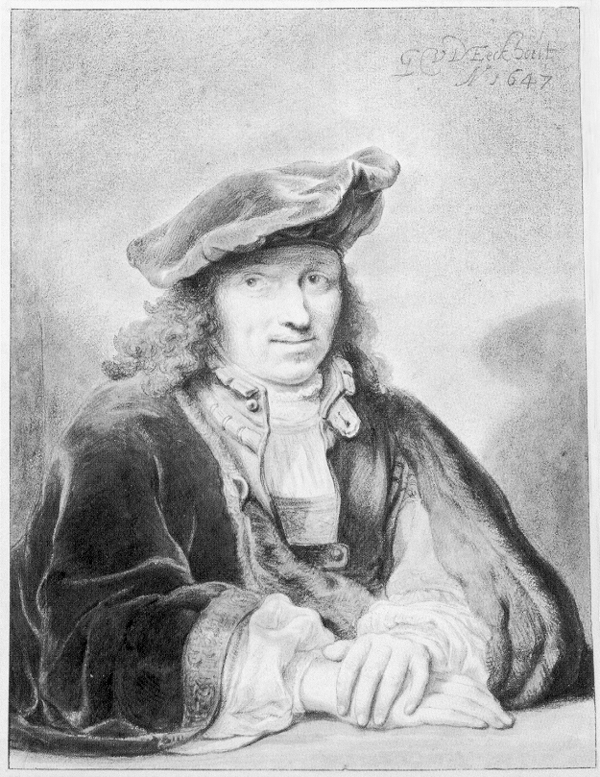
Gerbrand van den Eeckhout was a Dutch Golden Age painter and a favourite student of Rembrandt.[3] He was also an etcher, an amateur poet, a collector and an adviser on art.
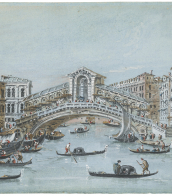
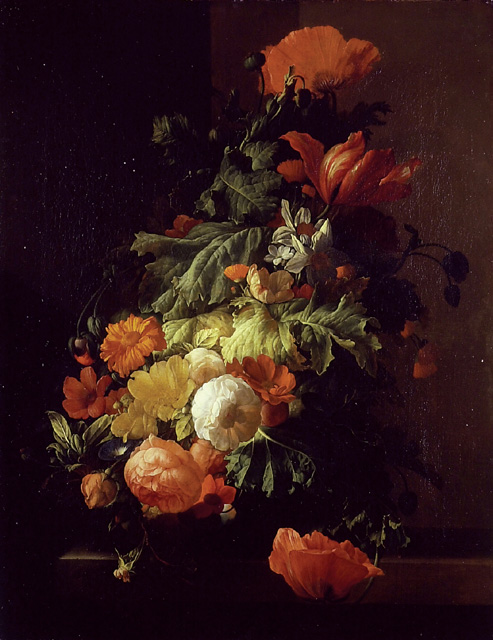
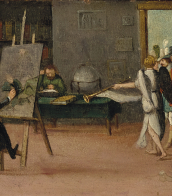
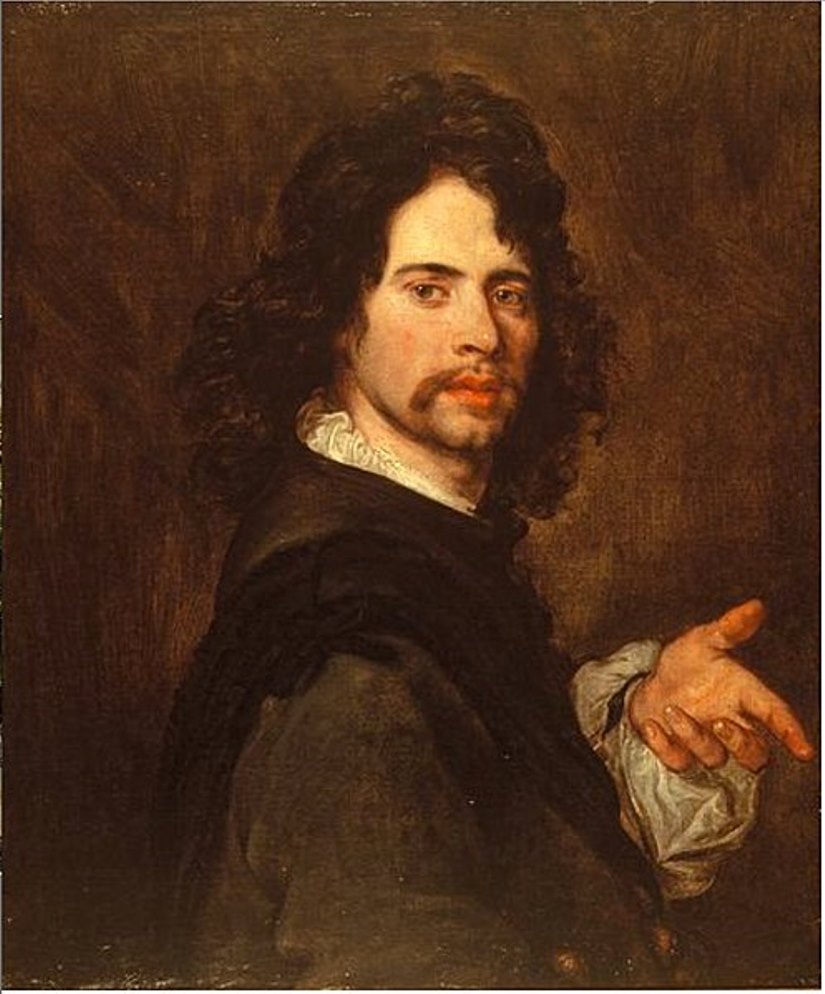
Jan van den Hoecke (Dutch: Jan van den Hoecke, Johannes van den Hoecke) was a Flemish Baroque painter, a pupil of Rubens.
The young artist was trained in the studio of Rubens, where he was one of the main assistants of the famous painter. Then lived and worked in Italy, in Vienna at the court of the Holy Roman Emperor Ferdinand III Habsburg. After returning to Antwerp, Hoecke was court painter to Archduke Leopold Wilhelm of Austria. Here he completed his most important and complex commission, the design of a series of 12 wall tapestries for Leopold Wilhelm around 1650, and also made several portraits of his suzerain.
Jan van den Hoecke was the author of a number of monumental paintings influenced by Rubens and A. van Dyck, such as The Triumph of David (1635). He painted pictures on biblical, mythological and allegorical subjects, altarpieces for the churches of Flanders.
His brother was the battle painter Robert van den Hoecke (1622-1668).
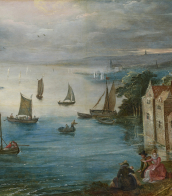
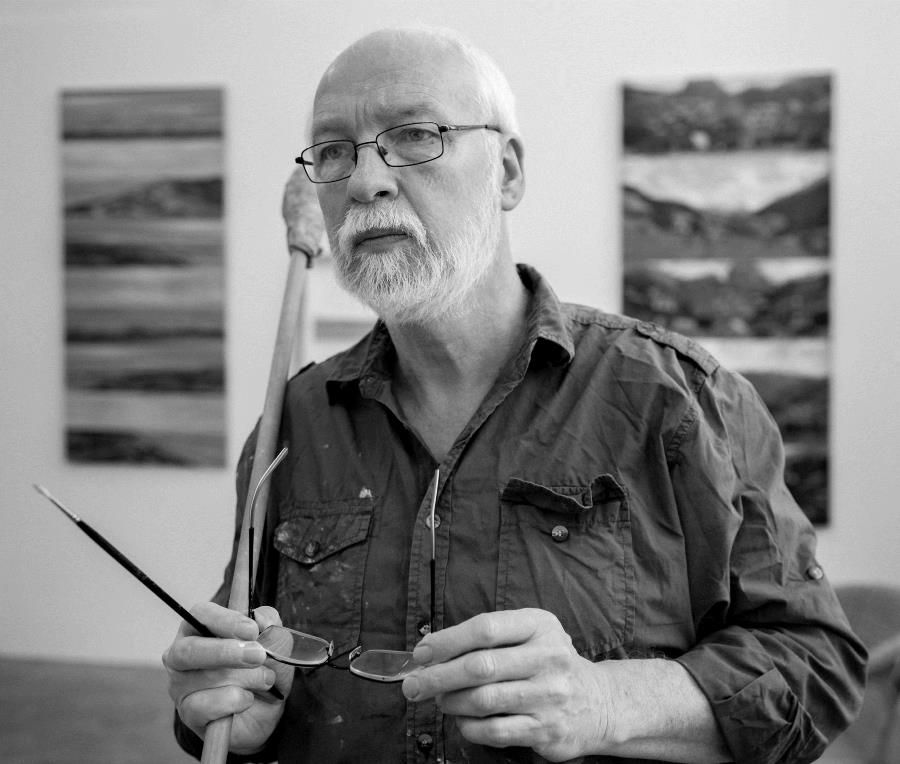
Jaap van den Ende is a Dutch artist and painting teacher.
Ende studied at the Royal Academy of Arts in The Hague, then taught himself at the Academy of Visual Arts in Arnhem and the Willem de Kooning Academy in Rotterdam.
Jaap van den Ende's early works are geometrically abstract and systematic. Characterized by cold geometric composition and conceptual color delicacies, his paintings gained international recognition and were acquired by numerous private and museum collections.
Since the 1990s, Jaap van den Ende has introduced figurative elements into his work, and his contemporary landscapes are close to photorealism. In a series of landscapes, views of parks, beaches and cityscapes, as well as natural elements such as trees and clouds, the artist gives their images on adjacent canvases from different angles.
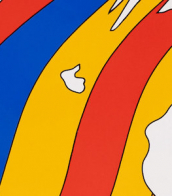
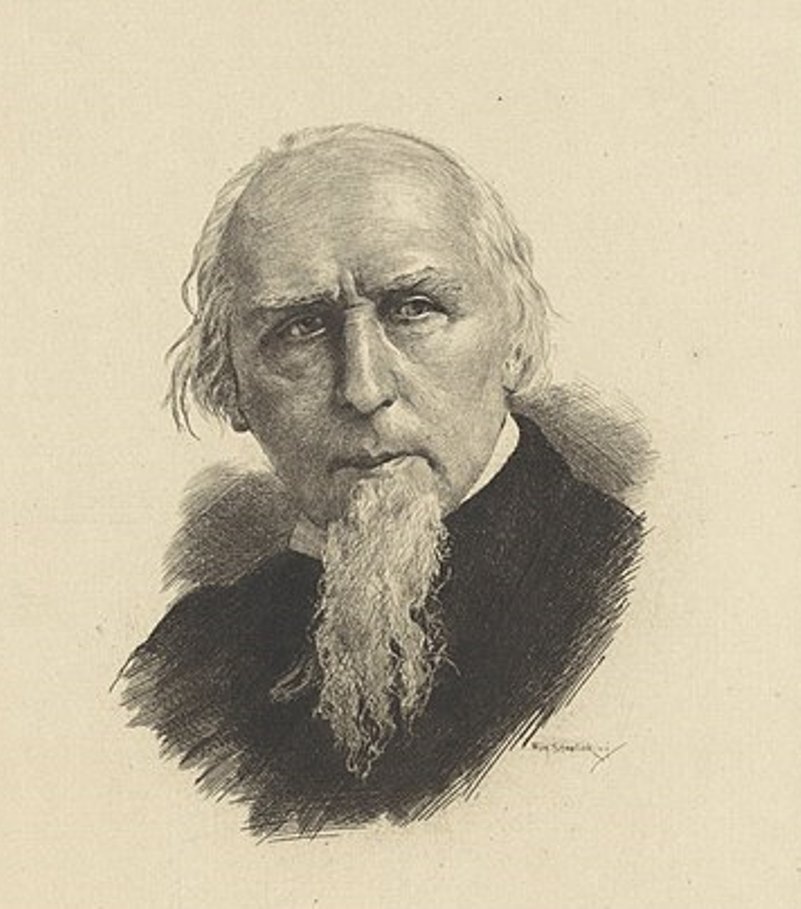
Simon van den Berg was a Dutch painter, a prominent representative of 19th-century Dutch Romanticism.
Simon was a farmer's son and took up painting rather late. However, after studying with the painters Moleyn in Rotterdam, J. de Meijer and P.G. van Os, who specialized in animals and landscapes, Simon van den Berg became a prominent painter in Holland.
He painted pastoral scenes with shepherds and livestock, and also worked with etchings and lithographs. Van den Berg was director of the Mauritshuis (Maurice House) from 1880 to 1889. During his long life, he also nurtured many talented young artists.
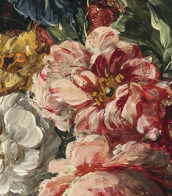

Jan van den Hoecke (Dutch: Jan van den Hoecke, Johannes van den Hoecke) was a Flemish Baroque painter, a pupil of Rubens.
The young artist was trained in the studio of Rubens, where he was one of the main assistants of the famous painter. Then lived and worked in Italy, in Vienna at the court of the Holy Roman Emperor Ferdinand III Habsburg. After returning to Antwerp, Hoecke was court painter to Archduke Leopold Wilhelm of Austria. Here he completed his most important and complex commission, the design of a series of 12 wall tapestries for Leopold Wilhelm around 1650, and also made several portraits of his suzerain.
Jan van den Hoecke was the author of a number of monumental paintings influenced by Rubens and A. van Dyck, such as The Triumph of David (1635). He painted pictures on biblical, mythological and allegorical subjects, altarpieces for the churches of Flanders.
His brother was the battle painter Robert van den Hoecke (1622-1668).
